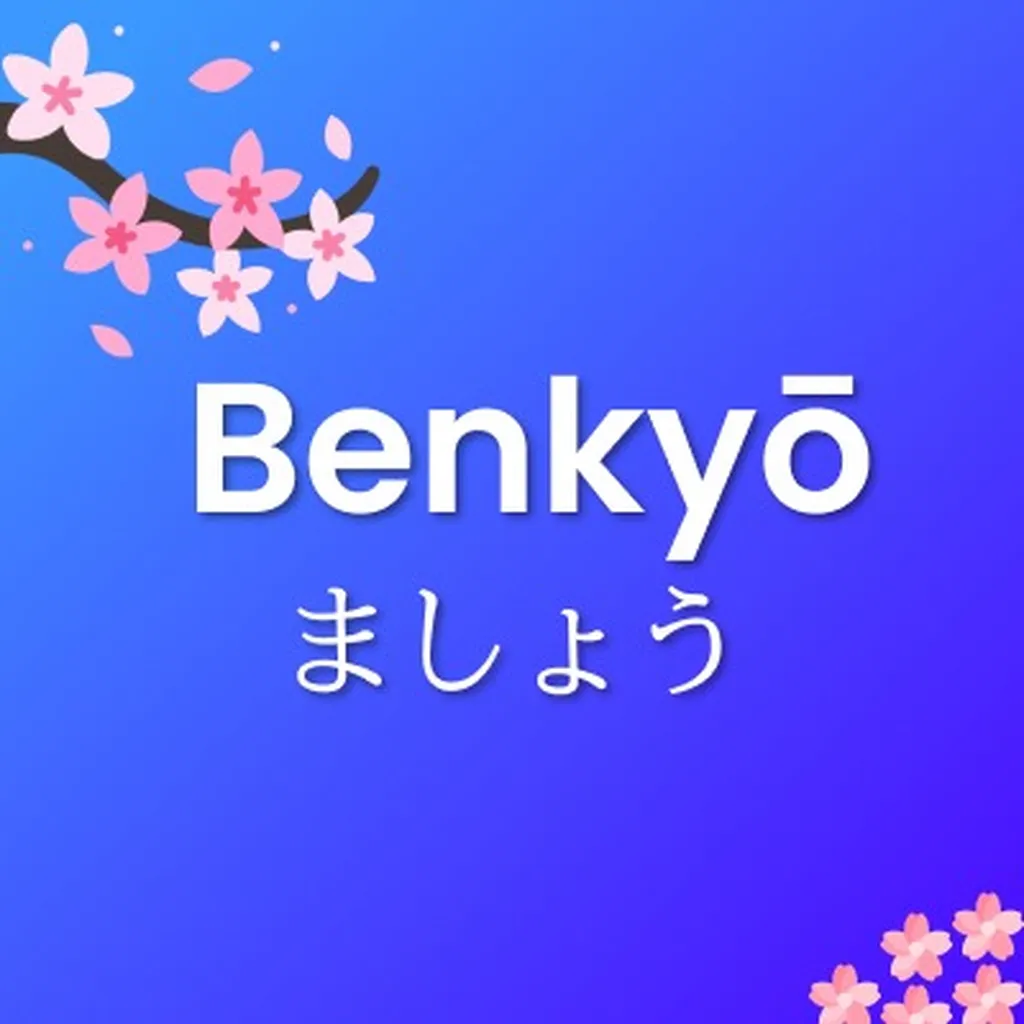綺麗
きれい
pretty, clean, tidy
na-adjective
Conjugation Table
Present
綺麗だ
Negative
綺麗じゃない
Past
綺麗だった
Past Negative
綺麗じゃなかった
Te Form
綺麗で
Adverbial
綺麗に
Conditional
綺麗なら
Presumptive
綺麗でしょう
Example Sentences
この部屋は綺麗です。
This room is clean.
Kono heya wa kirei desu.
昨日、海が綺麗でした。
The sea was pretty yesterday.
Kinō, umi ga kirei deshita.
彼の部屋は綺麗じゃないです。
His room is not tidy.
Kare no heya wa kirei ja nai desu.
Grammar Notes & Usage Tips
•Na-Adjective Basics**: Unlike i-adjectives, 綺麗 (きれい) is a na-adjective, so when you use it before a noun, you need to add "な": for example, 綺麗な花 (きれいなはな) means "pretty flower."
•Negative Form**: To say something is not pretty or not clean, attach じゃない to 綺麗, forming 綺麗じゃない (きれいじゃない).
•Past Tense**: To express that something was pretty or clean in the past, use 綺麗だった (きれいだった).
•Particle Pairing**: When describing something as pretty or clean, remember to use the particle が if you want to emphasize what is pretty or clean: その部屋が綺麗です (そのへやがきれいです) means "The room is clean."
•な-adjective: Uses な before nouns, conjugates like a noun
Related Adjectives
うまい
うまい
delicious; skillful; fortunate
大変
たいへん
very; difficult, hard
厚い
あつい
kind, warm(hearted), thick, deep
古い
ふるい
old (in reference to objects, not people), aged, ancient
大丈夫
だいじょうぶ
It's ok (all right); No need to worry; Everything is under control
低い
ひくい
short, low
